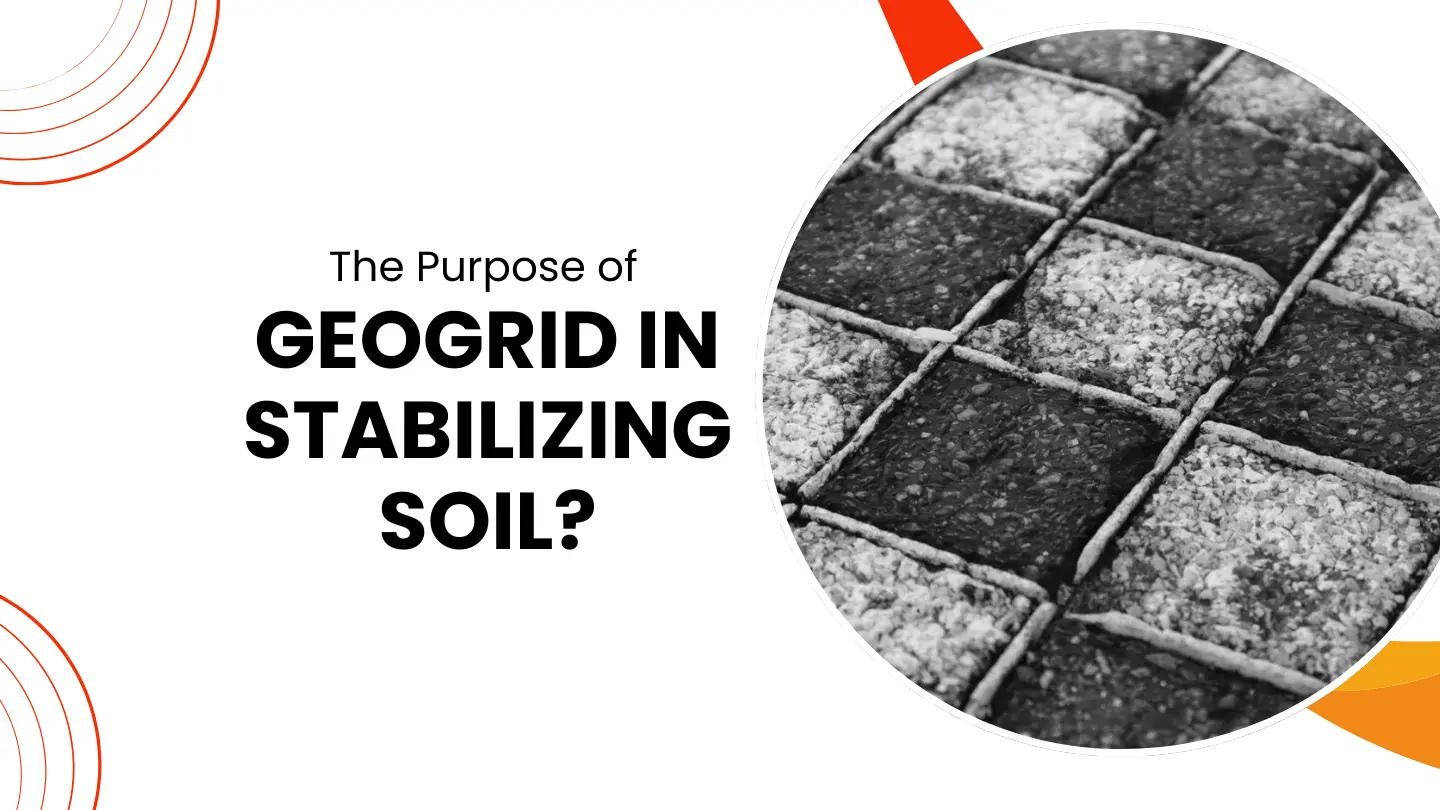The Purpose of Geogrid in Stabilizing Soil?

Most of us most likely walk over or pass by geogrids daily without ever realizing it. This is just another example of one of those incredibly useful goods that are kept out of sight but provide a crucial function that is sometimes overlooked. In this blog, we will explain geogrids and the purpose they serve to stabilize the soil.
What is a Geogrid?
Geogrids are made to stop soil and other granular materials from moving. By allowing the material placed on top of them to strike through the geogrid and form interlocking pockets between the high tensile ribs, their apertures enable them to do this. By doing this, a composite material is ultimately created and uniformly distributes weight than either material could be used alone. This helps to stop concentrated loads from causing structural collapse or eroding the base material.
People Also Read?
How Do Geogrids Hold Soil?
There are two ways in which it is done. Let’s examine each of these in greater detail.
Effect of Tension Membranes
The stabilizing effects of geogrids on a soil foundation are referred to as the Tension Membrane Effect in geotechnical engineering terminology. It is predicated on the idea of vertical stress distribution and a geo-synthetic sheet’s capacity to flex and absorb tension-induced pressures. A Geogrid functions as a framework when it is positioned on top of or under the soil, supporting the subgrade layers and forming a “tension membrane” that evens out the distribution of the soil.
People Also Read?
Bear Capacity
Geotechnical engineers use the notion of bearing capacity to assess a soil’s ability to withstand loads applied from above. It does this by determining the soil’s load-carrying capacities. The ability of a geogrid to disperse and transfer those loads over a region that stretches both inside and beneath it is known as its bearing capacity.
Therefore, geogrids for soil reinforcement are utilized to improve the soil’s bearing capacity and aid in ensuring stability for buildings placed on top. Geogrids are also used to lessen settlement and reinforce brittle or soft soils. To some extent, this is possible with most geotextiles and geo-synthetic materials.
Retraining Capability
A geo-synthetic material called Lateral Restraining Capability (LRC) stabilizes soil and improves road performance. It contributes to the safety of roads, highways, and pavements by giving geogrid reinforcement systems lateral restraint. Put simply, the lateral movement of the aggregates beneath the road surface is caused by the stresses created by the wheel loadings of the cars over the surface.
The stability of the entire pavement configuration is subsequently impacted by this. By uniformly distributing stress over a large area, installing geogrid in the soil beneath helps to raise the soil’s resistance to this lateral movement of material. This reduces displacement and increases the stability of the road.
If you are facing challenges related to soil stabilization and want to overcome these, visit our website and get in touch with us.
People Also Read?
Frequently Asked Questions
Still looking for more info? We’ve compiled a list of FAQs – check them out!
How do geogrids stabilize soil?
Geogrids stabilize the soil by bearing soil capacity and ensuring that strictures built on top remain stable.
What are the benefits of geogrids?
Geogrids can tackle pressure lengthwise and laterally. Geogrids are the highest quality method when it comes to stabilization.
We ensure structures built on top of soil remain stable. If you experience anything like that, get in touch with us via our website.






